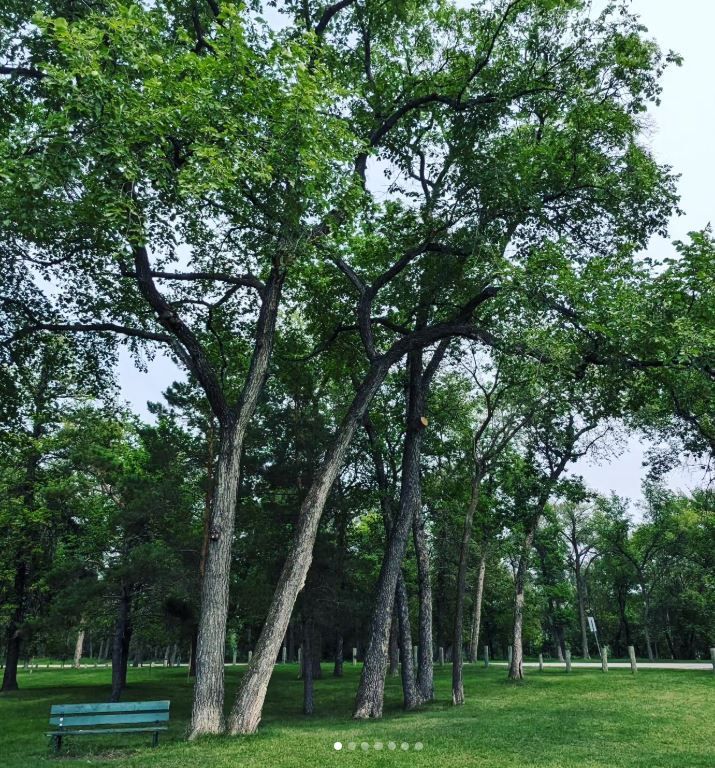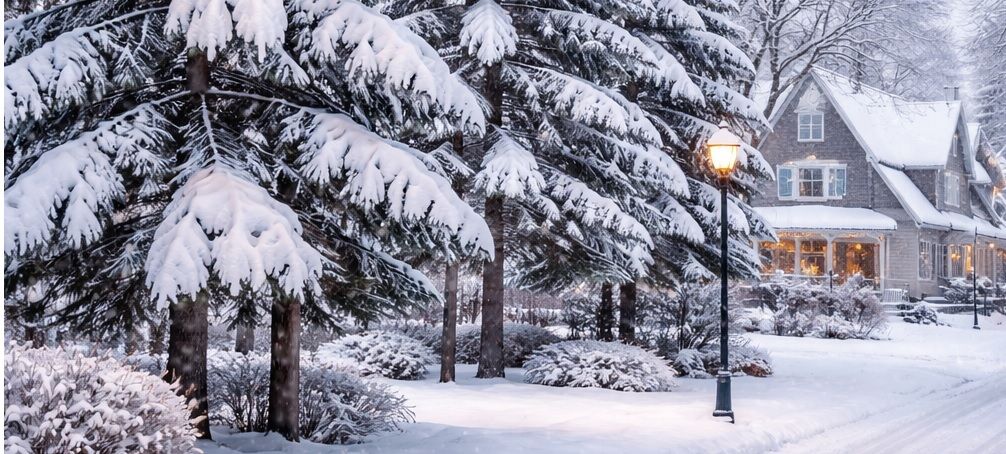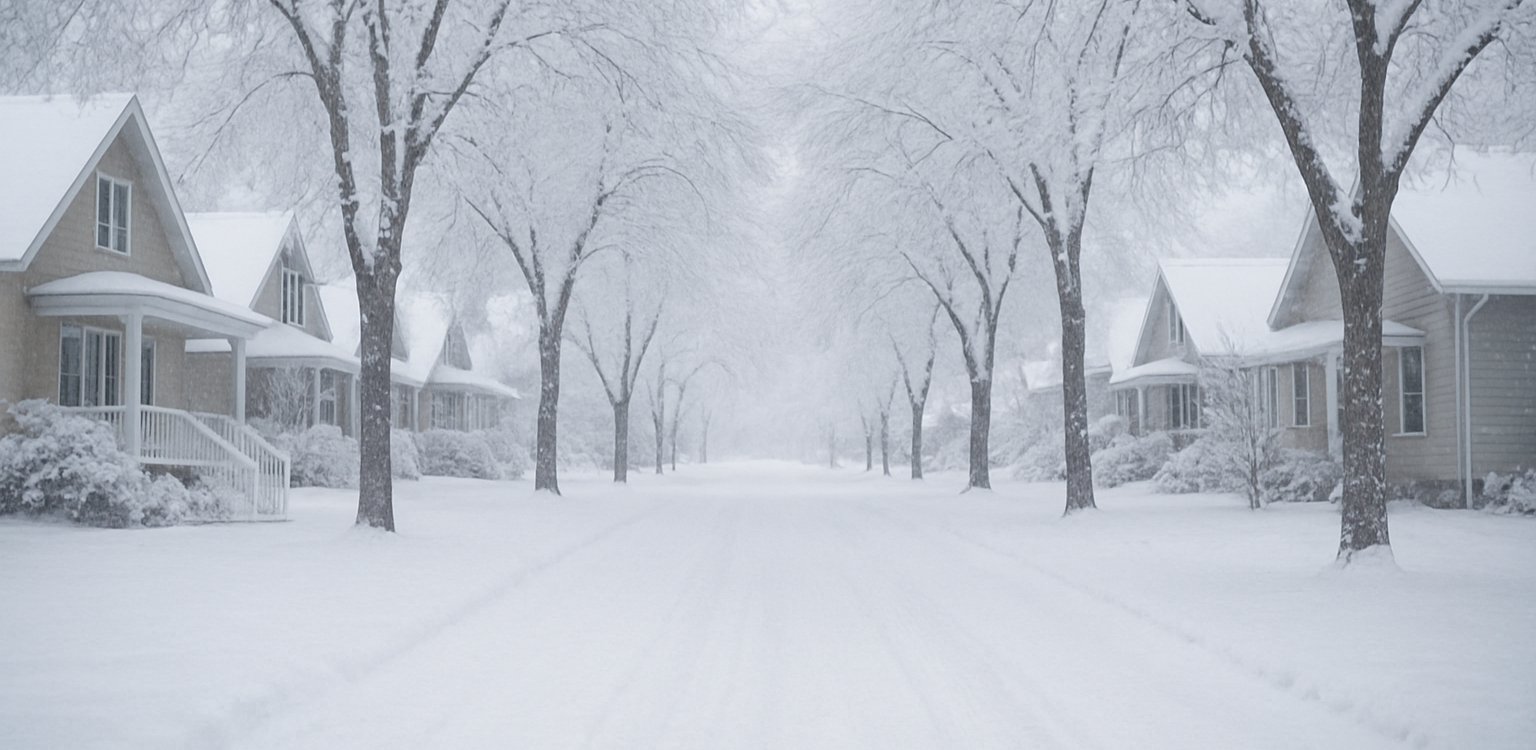Understanding Tree Growth Cycles: How Trees Grow and Why Timing Matters for Care
Trevor Soltys & Paul Kasper
Trees are among the most resilient and essential organisms on Earth, providing oxygen, shade, and habitat while playing a crucial role in environmental balance. However, understanding their growth cycles is key to ensuring their health and longevity. Tree growth follows distinct seasonal patterns influenced by biological and environmental factors. Properly timing tree care—whether pruning, fertilizing, or planting—can significantly affect a tree's well-being and vitality.
The Science Behind Tree Growth Cycles
Trees experience growth cycles that fluctuate throughout the year. These cycles are driven by biological processes, climate conditions, and seasonal changes. Understanding these phases can help homeowners, gardeners, and arborists determine the best time for tree maintenance.
Dormancy (Winter)
Winter marks a period of rest for most trees, especially deciduous ones that shed their leaves in the fall. During this time, tree metabolism slows, conserving energy to survive cold temperatures. Although growth is minimal, root systems may still develop underground, provided conditions are favorable.
Care Tip: Winter is the best time for pruning, as trees are less vulnerable to disease and pests. Structural pruning encourages strong future growth without interfering with the tree’s active development.
Bud Break and Early Growth (Spring)
As temperatures rise and daylight lengthens, trees emerge from dormancy. Buds swell, new leaves unfurl, and the tree accelerates photosynthesis, fueling rapid growth. The roots absorb water and nutrients from the soil, fostering an increase in branch and leaf expansion.
Care Tip: Spring is ideal for fertilizing trees since their nutrient uptake is at its peak. Early inspections for diseases and pests can prevent long-term damage.
Peak Growth and Canopy Expansion (Summer)
During the summer months, trees reach peak productivity. Chlorophyll production is high, enabling them to convert sunlight into energy for continued growth. While root systems remain active, most development occurs above ground, with branches elongating and foliage thickening.
Care Tip: Regular watering is essential, especially during hot and dry periods. Mulching around the base can help retain moisture and regulate soil temperature.
Preparation for Dormancy (Fall)
As autumn approaches, trees begin preparing for dormancy. Deciduous trees reduce photosynthesis, prompting leaves to change color and eventually drop. This cycle allows trees to conserve energy for winter survival. Root growth remains active, but above-ground development slows.
Care Tip: Fall is an excellent time for planting new trees, as cooler temperatures support root establishment before winter. Removing deadwood and applying protective measures, like wrapping young trees, can safeguard them against extreme weather.
Why Timing Matters for Tree Care
Effective tree care isn’t just about routine maintenance—it’s about understanding when trees are most receptive to treatment. Performing tasks at the right time enhances growth, reduces stress, and ensures a healthy tree life cycle.
Pruning at the Right Time Prevents Disease
Cutting branches during dormancy minimizes the risk of infections. Fresh cuts in warmer months can attract pests and fungal spores, weakening the tree.
Fertilization Supports Active Growth
Adding nutrients in spring ensures maximum absorption. Fertilizing too late in the season can stimulate unwanted late growth, making trees vulnerable to winter damage.
Watering and Mulching Reduce Stress
During peak summer growth, trees face environmental challenges, including drought and heat. Timely watering and mulching improve soil moisture and prevent dehydration.
Planting in Fall Encourages Root Development
New trees planted in autumn get a head start on establishing strong root systems before spring. Fall planting sets trees up for success, reducing transplant shock.
Final Thoughts
Trees are constantly adapting to their environment, cycling through dormancy and vigorous growth stages. By aligning tree care practices with natural growth cycles, homeowners and landscapers can promote stronger, healthier trees. Whether it’s pruning in winter, fertilizing in spring, or watering in summer, timing plays a critical role in ensuring trees thrive for generations.







